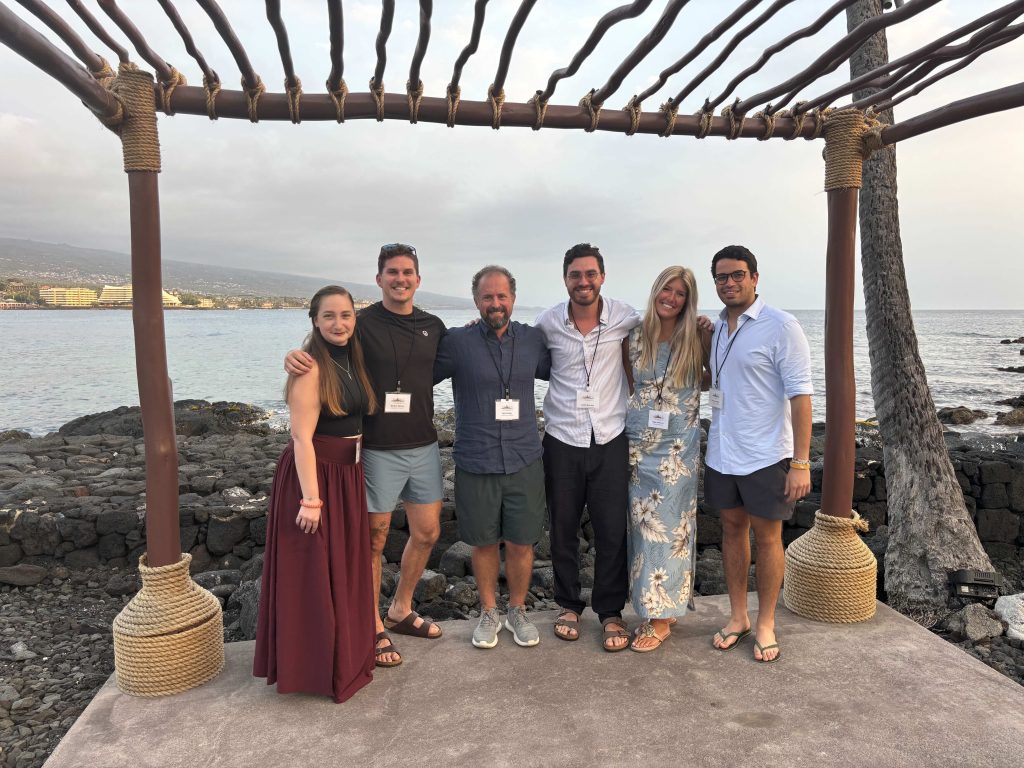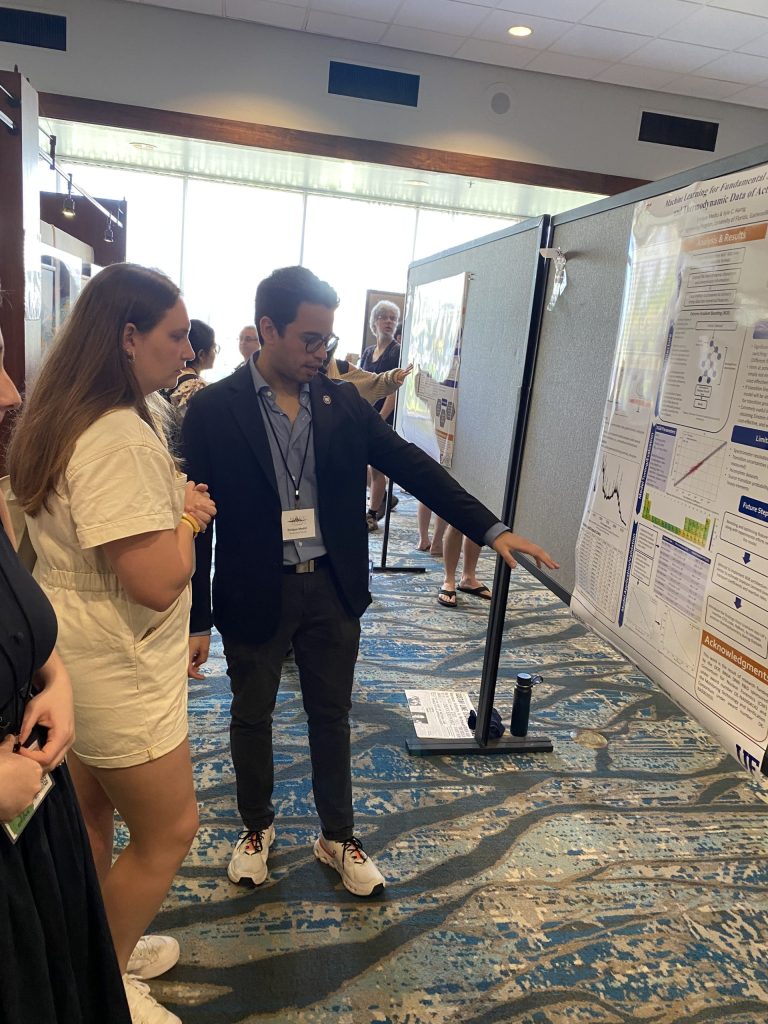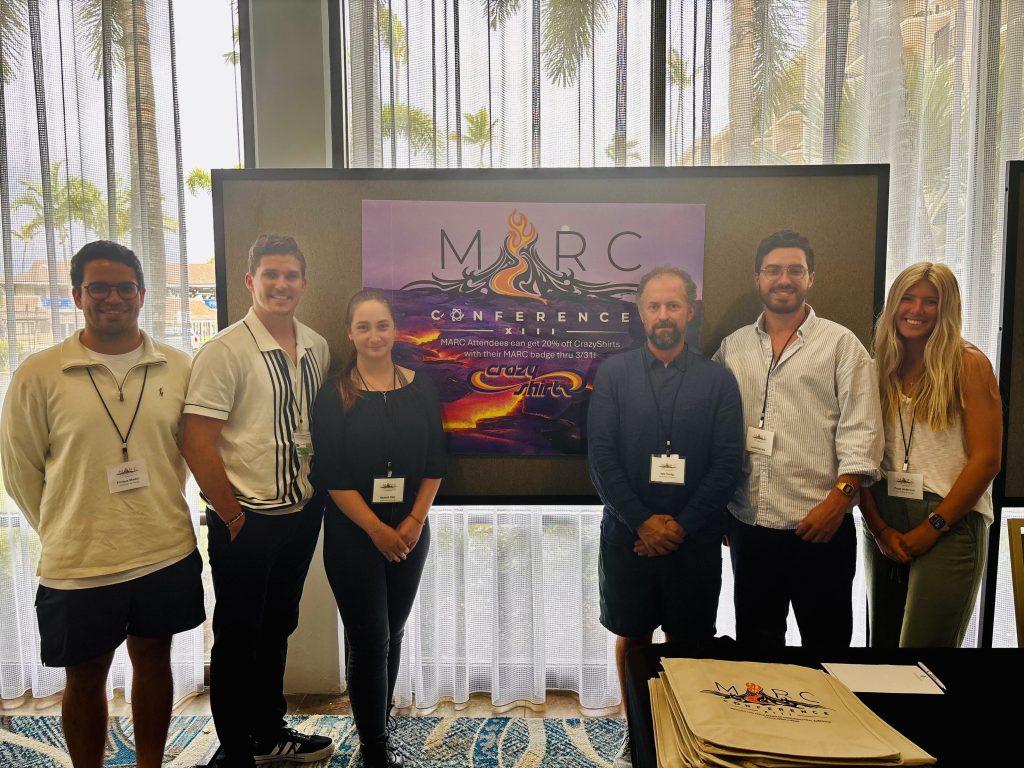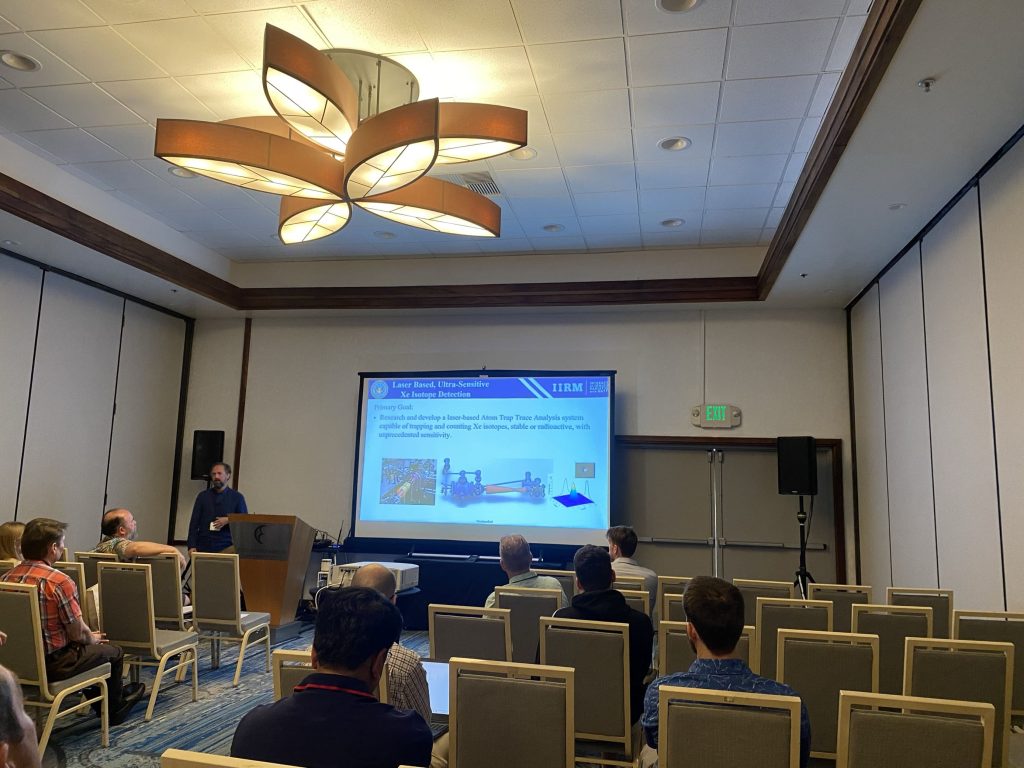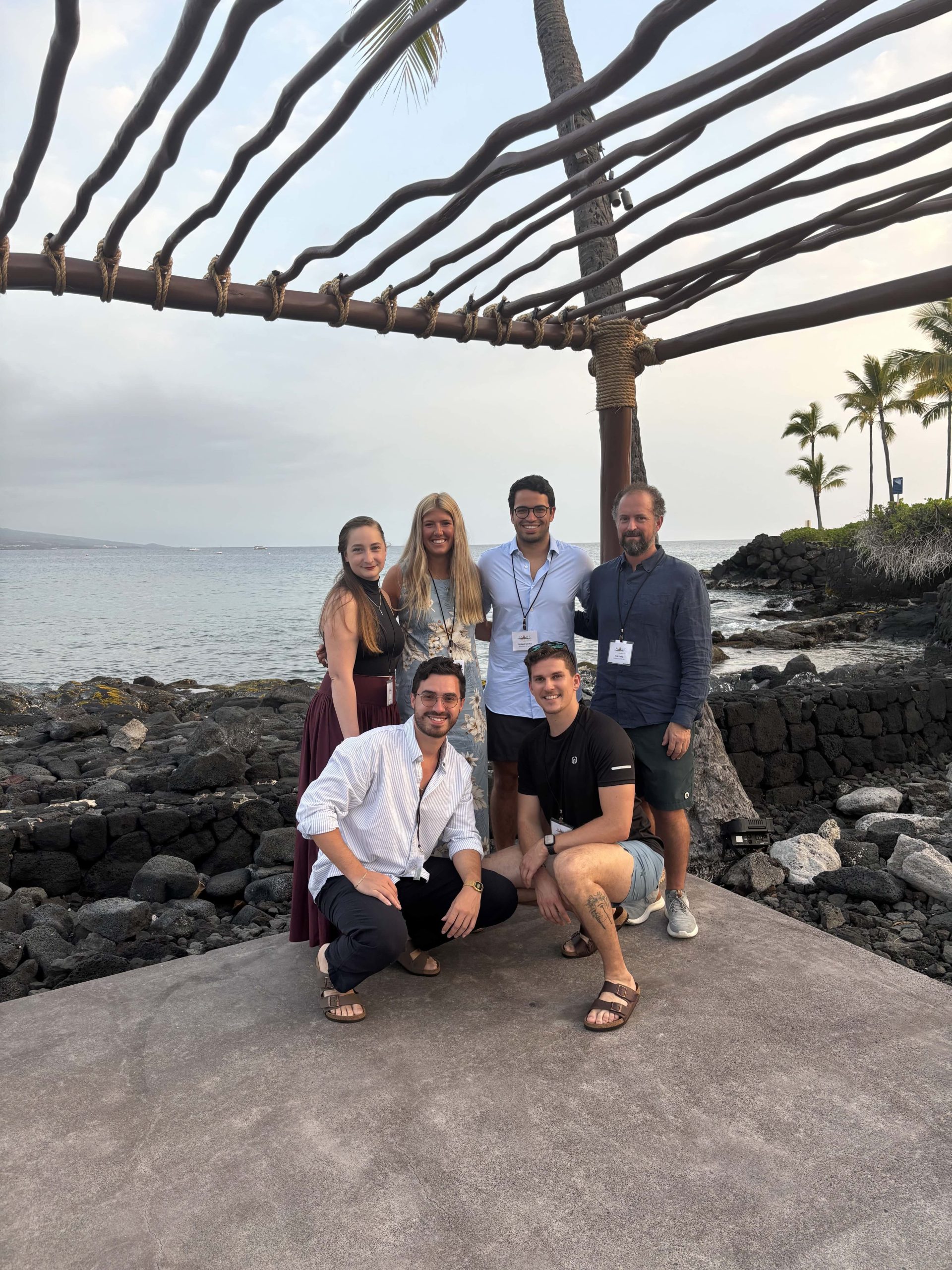UF Students Shine at MARC XIII
In the sunny embrace of Kailua-Kona, Hawaii, the Thirteenth International Conference on Methods and Applications of Radioanalytical Chemistry (MARC XIII) welcomed scientists from around the globe—and among them, a spirited group from the University of Florida (UF) Optical SCience and Nonproliferation Group, ready to make waves in nuclear science.
Led by their faculty mentor Prof. Kyle C. Hartig, the group arrived energized and excited, prepared to contribute seven presentations to the technical program. Their schedule was packed, spanning multiple tracks and showcasing the diverse research strengths of the team.
Each day of the conference saw a steady stream of contributions from the group. In sessions ranging from environmental radioactivity to nuclear forensics and analytical method development, their work sparked conversations and new collaborations. Each student brought a unique voice to the table:
- W. Kersey presented “Drivers for Thermal and Radiolytic Degradation of Plutonium Oxalates”, shedding light on the degradation mechanisms critical to nuclear material stability and storage.
- H. Patz showcased advancements in forensic imaging with the talk “Real-Time Particle Discrimination in Digital Autoradiography for Nuclear Forensics.”
- J.I. Borrero Negrón delivered “Machine Learning-Enhanced Spectral Analysis of Pu Oxalate Surrogate,” demonstrating how AI is transforming spectral interpretation in complex nuclear systems.
- E. Medici presented precise nuclear data in “Precise Characterization of Plutonium Transition Probabilities,” supporting enhanced modeling for safeguards and materials analysis.
- P.E. Anderson led the development of new analytical approaches in “Implementation of Stacked Ensemble Machine Learning for Detection of Plutonium Contamination in Soil via LIBS.”
Dr. Hartig contributed two invited talks that reflected the group’s leadership in both technical innovation and education within the field of nuclear forensics:
- Dr. K.C. Hartig presented “Advancing Nuclear Forensics Education and Research Through the Consortium for Nuclear Forensics,” highlighting collaborative efforts to build the next generation of experts through strategic research, interdisciplinary training, and national lab partnerships.
- In a second impactful contribution, Dr. Hartig also delivered “Advancing Atom Trap Trace Analysis (ATTA) for Radioxenon Detection: Enhancing Nuclear Treaty Verification and Forensics,” showcasing cutting-edge developments in ATTA technology that promise greater sensitivity and selectivity for critical radionuclide detection in global security applications.
Outside of the presentations, the group took full advantage of the conference’s vibrant community and stunning locale. From the welcome luau to the Farewell Dinner under the stars by the ocean shore, they bonded with fellow researchers, absorbed career advice from DOE lab mentors and peers from other academic institutions, and found time to explore the island’s volcanoes, coastal trails, and beeches.
By the end of the week, the team left Kona not only with lei necklaces and beach photos, but also with deeper insight, renewed motivation, and perhaps a few invitations to collaborate on future projects. Their voices had added a strong and youthful current to the international tide of radioanalytical chemistry—and they’ll be back.
